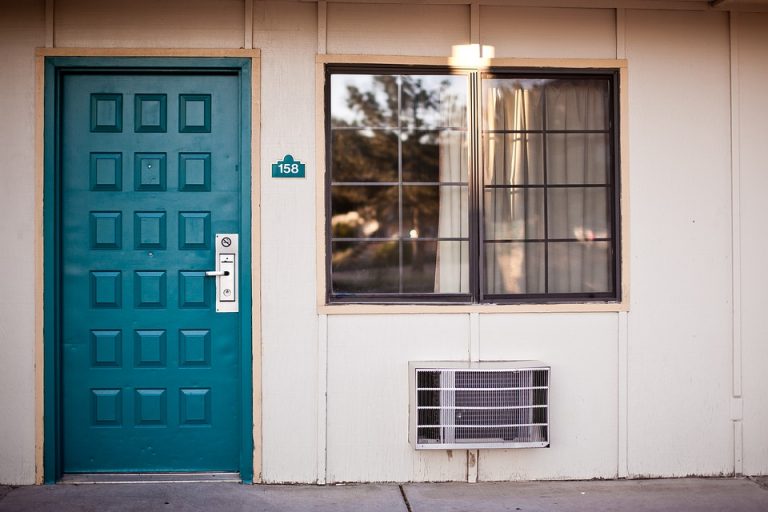
Green driving is becoming something of a buzzword these days. However, did you know that it not only helps the environment but could also save you money? Cars driven in a green way tend to require less maintenance and use less fuel. The drivers also tend to be much less stressed, leading to healthier road habits. If you are interested in changing the way you drive, keep reading as we’ll explain what’s involved.
Choosing a Vehicle
You don’t have to buy an electric car or an elektrische scooter to drive green, although these are popular options with many environmentally conscious people. They’re also becoming more widespread as many manufacturers look into alternative fuel. However, if you would rather stick to what you know and buy a traditional vehicle, consider buying a nearly new car that is fuel efficient.
When buying a vehicle, consider how large you need it to be. Unless you have a lot of children, opt for a small car that is suitable for your day-to-day needs. Smaller cars are not only cheaper, they’re also greener to run. You may also want to consider sharing a car unless you need one for daily driving.
Preparing the Vehicle
Before driving anywhere, you’ll want to prepare your vehicle. You can reduce fuel consumption by lowering the amount of weight your vehicle is carrying. This doesn’t mean leaving passengers behind, but it does mean removing items from the car that don’t need to be there for a particular journey, such as buggies, tools, golf clubs, the roof rack, and so on. The less your car weighs, the less fuel it will use, saving you money.
Before travelling, you should also check that your tyre pressure is correct and that the engine is tuned. Avoid turning on the heating system unless you really need it on, and make sure to turn lights off after use. This will not only save you money, but it will protect your battery as well.
While Driving
While driving, there are a few things you can do to drive in an environmentally friendly way. These include:
- Avoid unnecessary revving
- Drive with the windows up
- Avoid breaking or accelerating harshly
- Try not to beat the traffic lights – this often leads to having to break harshly
- Avoid putting the air conditioning on unless you really need it
- Turn the engine off if you are stationary for more than a couple of minutes
- Stick to a 50-60mph speed limit for the best fuel efficiency
If you follow all of the tips in this article, you should soon start to notice a difference in the amount of money you are spending on fuel and car maintenance. And, although it might not be quite as obvious, you will also be helping the environment as well. If you can think of any other ways to save money and the environment when driving, please take the time to let us know about these in the comments.





Leave a Comment